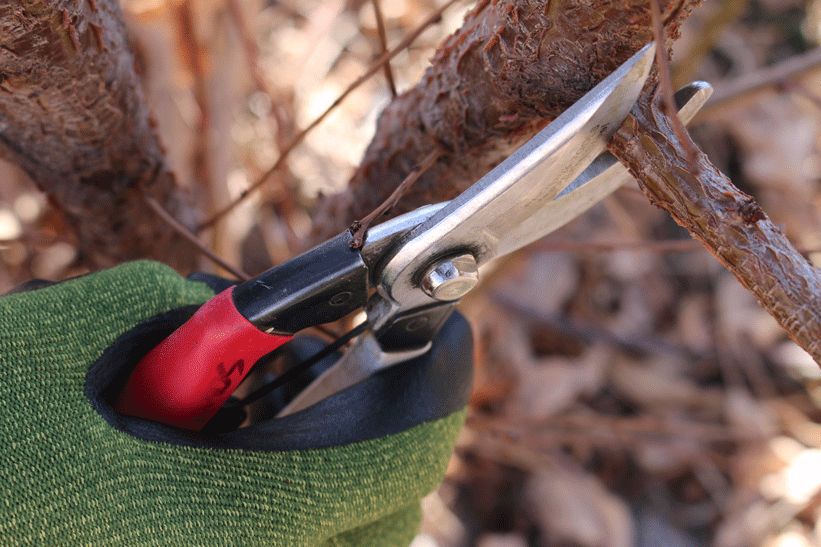Watering Recommendations:
When warmer days set in, you may be inclined to water your landscape, but this winter continues to bring much needed precipitation to meet the needs of your landscape. No need to water this month!
Per our Winter Watering Recommendations, your yard is still getting enough water to meet your plant’s needs. Remember, if it rains more than a half inch or snows more than 6 inches at least once per month during winter season, there’s no need for supplemental irrigation.
Monthly Service Tip:
Late winter is the best time to prune trees, Treebates available. They’re dormant and it’s easier to identify which branches need trimming (no leaves). Tree pruning cuts don’t heal like cuts on our skin, though. Tree cuts seal naturally both internally and externally, as long as the cut is well made and doesn’t nick the branch collar. Cuts made flush against the trunk are bad because they cut into the branch collar, making the plant unable to seal the wound on its own. Pruning sealants are no longer recommended because they keep the wound moist underneath and increase the chances of rot by trapping pathogens there.
Recommended pruning techniques continue to change with new research. Keeping up with the newest guidelines translates to better tree care. The late Dr. Al Shigo, biologist and plant pathologist with the U.S. Forest Service, once said, “People who prune the old-fashioned way should be made to go to an old-fashioned dentist.”
Using the right tools for pruning is key. How do you know if you’re using the wrong tool? If you’re using two hands to squeeze your pruning shears as hard as you can, or your thigh to brace one arm of long-handled loppers, you’re using the wrong tool! Move up to a larger size implement. Here’s a literal rule of thumb: if the branch diameter is the size of your thumb or smaller, hand pruners with a sharp blade will work. Lopping pruners are great for making cuts on branches up to 2 inches in diameter. For anything larger than 2 inches, it’s time to pull out the pruning saw.

For more gardening information, including decades of archived Southwest Yard & Garden weekly columns, visit the NMSU Extension Horticulture page (https://desertblooms.nmsu.edu/), follow us on social media (@NMDesertBlooms), or contact your County Cooperative Extension office (https://aces.nmsu.edu/county).

